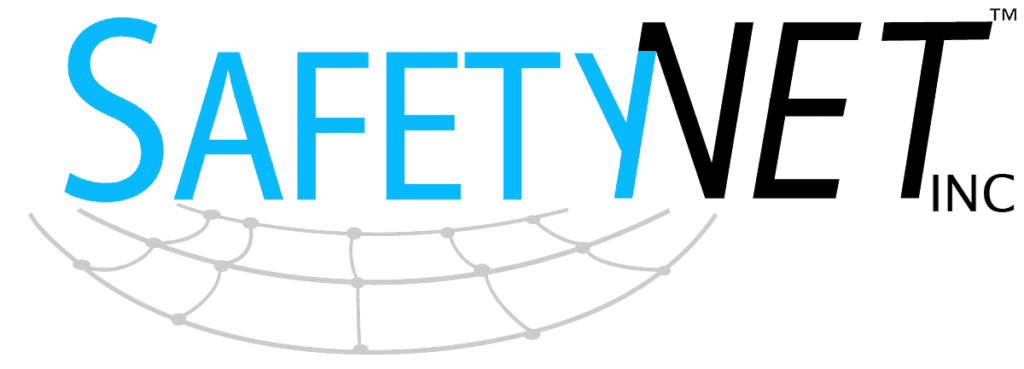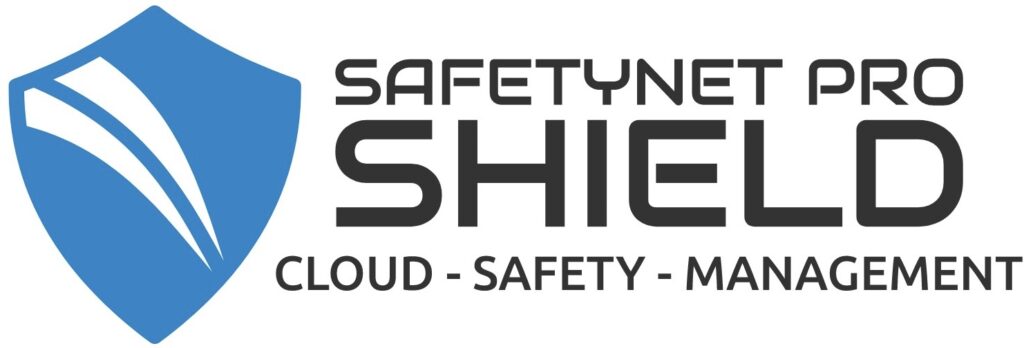KNOW AND UNDERSTAND YOUR RIGHTS REGARDING PPE IN THE WORKPLACE

In many industries, eye protection is a must. Employers should be covering eye safety and how to prevent eye injuries at least once a quarter during the year and emphasize the importance of using the right eye protection for the work environment the employees are in every day. Here are the most important points to discuss during your next safety meeting on preventing eye injuries in the workplace.
OSHA Construction Standard 1926.102(a)(1) Employees shall be provided with eye and face protection equipment when machines or operations present potential eye or face injury from physical, chemical, or radiation agents.
OSHA General Industry Standard 1910.133(a)(1) The employer shall ensure that each affected employee uses appropriate eye or face protection when exposed to eye or face hazards from flying particles, molten metal, liquid chemicals, acids or caustic liquids, chemical gases or vapors, or potentially injurious light radiation.
Each day about 2,000 U.S. workers (that’s two THOUSAND) have a job-related eye injury that requires medical treatment. About one-third of the injuries are treated in an emergency room and more than 100 of those injuries result in one or more days of lost work. The point: Eye injuries happen all the time.
The majority of workplace eye injuries result from small particles or objects striking or abrading the eye. Examples of these hazards include metal slivers, wood chips, dust and cement chips that are ejected by tools, wind blown, or fall from above a worker. Some objects like nails, staples, or slivers of wood or metal can penetrate the eyeball and result in permanent loss of vision.
Large objects may also strike the eyes or face, or a worker may run into or trip onto an object causing blunt force trauma to the eyeball or eye socket.
Chemical burns to one or both eyes from splashes of industrial chemicals or cleaning products are common. Thermal burns to the eye can occur as well.
Remember to wear proper safety glasses, goggles, or face shields designed for impact, heat resistant, or chemical hazards! Never risk your safety or that of your co-workers when:
- Performing activities with intense heat and fire such as working with or near an incinerator
- Moving equipment or materials that have the potential for flying objects and particles
- Working near conveyor belts that are moving materials
- Using grinders
- Working in silos or bins
- Using mechanical cutting tools
- Working with chemicals
- Handling bloodborne pathogens
- Working in dusty conditions
- Using power tools
- Performing hot dipping operations
- Near laser radiation
OSHA General Industry Standard 1910.252(b)(2)(i)(A) Helmets or hand shields shall be used during all arc welding or arc cutting operations, excluding submerged arc welding. Helpers or attendants shall be provided with proper eye protection.
OSHA General Industry Standard 1910.133(a)(2) The employer shall ensure that each affected employee uses eye protection that provides side protection when there is a hazard from flying objects. Detachable side protectors (e.g. clip-on or slide-on side shields) meeting the pertinent requirements of this section are acceptable.
Never risk your safety, or that of your co-workers; when hammering, using chisels, or similar activities wear proper safety glasses or goggles designed for impact hazards.
Always wear safety goggles or other safety eyewear when using sprayers or handling any chemicals or materials.
Using cutting or grinding tools such as chop saws, concrete saws, bench saws, and hand held grinders can be extremely dangerous to your eyes.
If you get dust or particles in your eyes NEVER RUB them, it will make the injury worse and can cause permanent damage.
If you get anything in your eyes, especially chemicals, use clean water to flush your eyes clear of the material and immediately seek medical attention. Ensure all employees know where the eye wash station is located and how to use it.
- Safety glasses must be rated ANSI Z87.1.
- Prescription lenses must also be rated ANSI Z87.1 or safety glasses will be required to be worn OVER prescription glasses.

